Online course detail
Curriculum
Topics to be covered
- History of Java
- Features of Java
- Hello Java Program
- Program Internal
- How to set path?JDK, JRE and JVM
- Variable and Data Type
- Unicode System
- Operators
- Java Programs
Java is a widely used programming language known for its versatility and platform independence. It is object-oriented, class-based, and designed to have minimal dependencies, making it suitable for developing various types of applications and software solutions.
- Advantage of OOPs
- Naming Convention
- Object and Class
- Method Overloading
- Constructor
- static keyword
- this keyword Inheritance(IS-A)
- Aggregation(HAS-A)
- Method Overriding
- Covariant ReturnType
- super keyword
- Instance Initializer block final keyword Runtime
- Polymorphism
- Dynamic Binding
- instance of operator Abstract class
- Interface
- Abstract vs Interface Package
- Access Modifiers
- Encapsulation
- Object class
- Object Cloning
- Java ArrayWrapper Class
- Call By Value
- Object vs Class
- Overloading vs Overriding
Java OOPs Concepts refer to the fundamental principles of Object-Oriented Programming in Java, including encapsulation, inheritance, polymorphism, and abstraction. These concepts enable developers to create modular, reusable, and maintainable code structures.
- Immutable String
- String Comparison
- String Concatenation
- Substring
- Methods of String class
- StringBuffer class
- Creating Immutable class
- toString method
Java String is a class that represents a sequence of characters. It provides various methods for manipulating and working with strings, such as concatenation, substring, length, and comparison operations. Strings in Java are immutable.
What is String
- String charAt()
- String compareTo()
- String concat()
- String contains()
- String endsWith()
- String equals()
- String format()
- String getBytes()
- String indexOf()
- String intern()
- String isEmpty()
- String join()
- String lastIndexOf()
- String length()
- String replace()
- String replaceAll()
- String split()
- String startsWith()
- String substring()
- String toCharArray()
- String toLowerCase()
- String toUpperCase()
- String trim()
- String valueOf()
Java String class provides various methods for performing operations on strings. Some common methods include length(), charAt(), substring(), toUpperCase(), toLowerCase(), trim(), replace(), split(), and contains(). These methods help with string manipulation, searching, formatting, and transformation.
- try and catch block
- Multiple catch block
- Nested try
- finally block
- throw keyword
- Exception Propagation
- throws keyword
Exception handling in Java allows for graceful handling of runtime errors. It involves using try-catch blocks to catch exceptions and perform appropriate actions, such as displaying error messages or handling exceptional conditions, to ensure program stability and prevent abrupt termination.
What is Exception
File handling in Java involves reading from and writing to files. It includes operations like creating, opening, closing, reading, and writing files, allowing programs to interact with external files for data storage, retrieval, and manipulation.
The Java Collection Framework provides a set of classes and interfaces that enable the storage, manipulation, and retrieval of a group of objects. It includes data structures like lists, sets, and maps, offering powerful and efficient data management capabilities in Java.
Android is an open-source mobile operating system developed by Google. It is designed for smartphones, tablets, and other devices, providing a platform for developers to create and run applications using Java or Kotlin programming languages.
1) What is Android
2) History and Version
3) Installing softwares
4) Setup Eclipse /Android studio
5) Hello Android example
6) Internal Details
7) Android Core Building Blocks
8) Android Emulator
9) AndroidManifest.xml
10) R.java file
11) Hide Title Bar
12) Screen Orientation
UI widgets in Android are pre-built components that allow developers to create interactive user interfaces. Examples include buttons, text fields, checkboxes, spinners, and more, enabling users to interact with the app and providing a visually appealing and intuitive experience.
1)Working with Button
2)Toast
3)Custom Toast
4)Button
5)Toggle Button
6)Switch Button
7)Image Button
8)CheckBox
9)AlertDialog
10)Spinner
11)AutoCompleteTextView
12)RatingBar
13)DatePicker
14)TimePicker
15)ProgressBar
16)Quick Contact Budge
17)Analog Clock and Digital Clock
18)Working with hardware Button
- Activity Lifecycle
- Activity Example
- Implicit Intent
- Explicit Intent
- Fragment Lifecycle
- Fragment Example
Activity: Represents a single screen with a user interface in an Android app.
Intent: Facilitates communication between components, allowing actions like starting activities or sending data between them.
Fragment: Modular component that represents a portion of an activity, enabling flexible and reusable UI designs.
Gives choices to client communication, normally shown in the application's activity bar or flood menu. It permits clients to perform activities or explore inside the application's connection point.
1) Option Menu
2) Context Menu
3) Popup Menu
Manages the arrangement and positioning of UI elements in Android, controlling how views are displayed within a container. It enables dynamic and responsive layout designs for different screen sizes and orientations.
1) Relative Layout
2) Linear Layout
3) Grid Layout
Connects data sources, such as arrays or databases, to UI components like ListView or RecyclerView in Android. It converts data into a format suitable for display and handles view recycling for efficient memory usage.
1)Array Adaptor
2)ArrayList Adaptor
3)Base Adaptor
Represents a visual component in the Android user interface hierarchy. It can be a button, text field, image, or any other interactive element that users can see and interact with.
1) GridView
2) WebView
3) ScrollView
4) SearchView
5)TabHost
6) DynamicListView
Android Services are background components that perform long-running operations without a user interface. They can run even when the app is not in the foreground, enabling tasks such as playing music, downloading files, or performing network operations in the background.
1)Service
2)Android Started Service
3)Android Service Example
In Android, data storage options include Shared Preferences for storing key-value pairs, Internal Storage for private file storage, External Storage for public file storage, SQLite databases for structured data, and Network-based storage options like Firebase Realtime Database or Cloud Storage.
1)Shared Preferences
2)Internal Storage
3)External Storage
SQLite is a lightweight and embedded database engine used in Android for storing structured data. It provides a simple and efficient way to manage databases and perform CRUD (Create, Read, Update, Delete) operations on tables.
1)SQLite Spinner
2)SQLite ListView
XML (eXtensible Markup Language) and JSON (JavaScript Object Notation) are data interchange formats used in Android for storing and transferring data. XML uses tags to define data, while JSON uses key-value pairs. Both formats are widely used in web services and API communication.
1)XML Parsing
2)JSON Parsing
Android Notification is a feature that allows apps to display alerts, messages, and updates to users. It provides a way to communicate important information to users even when the app is not actively in use. Notifications can include text, icons, images, and actions for user interaction.
1)Notification API
2)Creating Notification Builder
3)Setting Notification Properties
4)Issuing Notification
5)NotificationCompat.Builder class
6)Android Notification Examples
Multimedia in Android refers to the integration of various media elements such as images, audio, and video within an application. It allows developers to enhance user experiences by incorporating rich media content and interactions into their Android apps.
1)Playing Audio
2)Creating Audio Player
3)Playing Video
4)Alarm Manager
5)Gallery
The Telephony API in Android provides access to telephony features and functionalities, allowing developers to interact with phone calls, SMS messages, network information, and device connectivity. It enables developers to create powerful communication and networking applications for Android devices.
1)Telephony Manager
2)Get Call State
3)Simple Caller Talker
4)Making Phone Call
5)Send SMS
6)Send Email
The Location API in Android allows developers to access the device's location information, such as latitude and longitude coordinates, address details, and location updates. It enables the development of location-aware applications, such as mapping, navigation, and location-based services.
1)Location API Fundamental
2)Example of Android Location API
3)Working with Google Maps
Animation in Android enables the creation of visually appealing and interactive user interfaces. It includes various animation techniques like property animation, tween animation, and frame-by-frame animation to enhance the user experience and bring life to the app's UI elements.
1)Android Animation API
2)Android Drawable class
3)Android Animation Example
4)Android Rotate Animation
5)Android Fade Animation
6)Android Zoom Animation
Device Connectivity in Android allows communication and interaction with various external devices such as Bluetooth devices, Wi-Fi networks, NFC (Near Field Communication) tags, and USB devices, enabling features like data transfer, remote control, and device pairing.
1)Working with Camera
AsyncTask is an Android class that simplifies the process of running background tasks and updating the UI thread. It allows performing tasks asynchronously, making it suitable for operations like network requests and database queries in Android applications.
1) Use of background Thread.
2) Data recive from server.
3) Data send to server.
Android Web Services involve integrating web-based functionalities into Android applications, enabling communication with remote servers, fetching data from APIs, and exchanging information using protocols like REST or SOAP. This allows accessing and manipulating data from web services within the Android app.
1)What is web service
2)Soap Vs Restful web service
Android Google Maps integration enables the inclusion of interactive maps, location tracking, and geocoding functionalities within Android apps. It allows displaying maps, adding markers, getting user location, and integrating various map-related features for enhanced user experience and location-based services.
1)Android Map V2 API
2)Adding Map
3)Customizing Map
4)GoogleMap class
5)Android Google Map Application
Course Description
We have through this upgraded world-class Android Developer course become aligned with Googles vision of helping to make India a global hub of high-quality mobile developers and towards that supporting Google in their endeavor to train two million android developers. Our Android course is taught by top practitioners who are working full time, developing complex mobile apps. Our instructors work closely with Gyansetus in-house instructional design team to develop comprehensive and latest course content along with projects. Our interactive sessions and hands-on projects will ensure that you come out of this Android training as an ace developer.
The Android Development course is primarily designed for programmers who want to learn how to create mobile applications on the Android platform. As a part of this course, you will create widgets, Customize List view, Grid view, Spinners etc, create applications using audio, video and sqlite database and finally publish it on Google Play. This course will help you learn mobile app development from scratch and unlock new job opportunities for you in start-ups as well as large orga
- Basic Android Development tools such as Android Studio, DDMS, Drawables, Listeners and Activity Lifecycle
- How to use various Layouts and Widgets and Implementing Event Receivers in your android application
- How to communicate between fragments and activities in android
- How to customize a widget and implement a menu bar in your activity
- How to create interactive applications in android with multiple activities including audio, video and animation
- How to create a dynamic web application with jSON and SOAP Service
- How to display user current location in a google map
- How to create applications using SQLite database and Third Party Libraries
- How to integrate Facebook, Dropbox and Google Drive in your existing android application
- How to publish your App on Google Play
After completing the Android App Development course, you should be able to understand:
We at Gyansetu understand that teaching any course is not difficult but to make someone job-ready is the essential task. That's why we have prepared capstone projects which will drive your learning through real-time industry scenarios and help you clearing interviews.
All the advanced level topics will be covered at Gyansetu in a classroom/online Instructor-led mode with recordings.
No prerequisites. This course is for beginners.
- Our placement team will add Android skills & projects to your CV and update your profile on Job search engines like Naukri, Indeed, Monster, etc. This will increase your profile visibility in top recruiter search and ultimately increase interview calls by 5x.
- Our faculty offers extended support to students by clearing doubts faced during the interview and preparing them for the upcoming interviews.
- Gyansetu’s Students are currently working in Companies like Sapient, Capgemini, TCS, Sopra, HCL, Birlasoft, Wipro, Accenture, Zomato, Ola Cabs, Oyo Rooms, etc.
Gyansetu is providing complimentary placement service to all students. Gyansetu Placement Team consistently works on industry collaboration and associations which help our students to find their dream job right after the completion of training.
- Gyansetu trainers are well known in Industry; who are highly qualified and currently working in top MNCs.
- We provide interaction with faculty before the course starts.
- Our experts help students in learning Technology from basics, even if you are not good at basic programming skills, don’t worry! We will help you.
- Faculties will help you in preparing project reports & presentations.
- Students will be provided Mentoring sessions by Experts.
Certification
Android Certification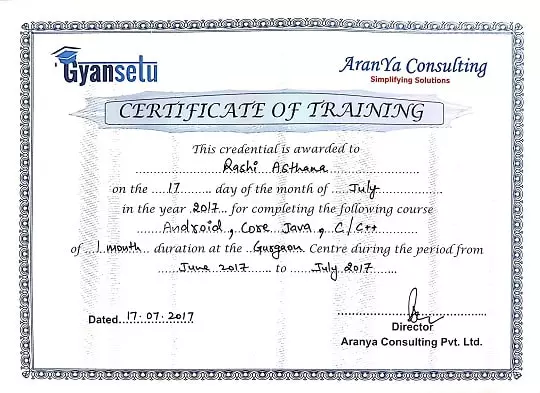
Reviews
Placement

Shashi
Placed In:

Spotify
Placed On – March 10 , 2020Review:
They help us every-time when ever we need any help. All staff are very friendly. I can say it was worthy to spend my money with Gyansetu.

Mohit
Placed In:

Infosys
Placed On – August 12 , 2018Review:
Gyansetu provides very good course which can help student to achieve goal in there career.

Veer
Placed In:

Cognizant
Placed On – November 21 , 2019Review:
Gyansetu institute provides a great variety of course explaining the brief description of the courses in detail.The staff is very supportive & took full initiative in proper attendance and regularly.
Enroll Now
Structure your learning and get a certificate to prove it.
Projects
Description: Create a Weather Application, which will show the current weather to a user. The application will display current temperature, humidity and hourly weather updates. We will be using OkHttp client to load the data from the network. The application will use the forecast.io API to fetch current weather updates. The application will leverage Google GSON to map JSON to Java POJO Classes.
Description: Create a movie application using Trakt API. The application shows a list of top 50 Trending movies on the dashboard screen. It shows the movie image and movie name in each list item. When user clicks on any particular list item, movie details will be shown.
Android Training in Gurgaon | Mobile App Development Training Features
Frequently Asked Questions
- What type of technical questions are asked in interviews?
- What are their expectations?
- How should you prepare?
We have seen getting a relevant interview call is not a big challenge in your case. Our placement team consistently works on industry collaboration and associations which help our students to find their dream job right after the completion of training. We help you prepare your CV by adding relevant projects and skills once 80% of the course is completed. Our placement team will update your profile on Job Portals, this increases relevant interview calls by 5x.
Interview selection depends on your knowledge and learning. As per the past trend, initial 5 interviews is a learning experience of
Our faculty team will constantly support you during interviews. Usually, students get job after appearing in 6-7 interviews.
- What type of technical questions are asked in interviews?
- What are their expectations?
- How should you prepare?
We have seen getting a technical interview call is a challenge at times. Most of the time you receive sales job calls/ backend job calls/ BPO job calls. No Worries!! Our Placement team will prepare your CV in such a way that you will have a good number of technical interview calls. We will provide you interview preparation sessions and make you job ready. Our placement team consistently works on industry collaboration and associations which help our students to find their dream job right after the completion of training. Our placement team will update your profile on Job Portals, this increases relevant interview call by 3x
Interview selection depends on your knowledge and learning. As per the past trend, initial 8 interviews is a learning experience of
Our faculty team will constantly support you during interviews. Usually, students get job after appearing in 6-7 interviews.
- What type of technical questions are asked in interviews?
- What are their expectations?
- How should you prepare?
We have seen getting a technical interview call is hardly possible. Gyansetu provides internship opportunities to the non-working students so they have some industry exposure before they appear in interviews. Internship experience adds a lot of value to your CV and our placement team will prepare your CV in such a way that you will have a good number of interview calls. We will provide you interview preparation sessions and make you job ready. Our placement team consistently works on industry collaboration and associations which help our students to find their dream job right after the completion of training and we will update your profile on Job Portals, this increases relevant interview call by 3x
Interview selection depends on your knowledge and learning. As per the past trend, initial 8 interviews is a learning experience of
Our faculty team will constantly support you during interviews. Usually, students get job after appearing in 6-7 interviews.
Yes, a one-to-one faculty discussion and demo session will be provided before admission. We understand the importance of trust between you and the trainer. We will be happy if you clear all your queries before you start classes with us.
We understand the importance of every session. Sessions recording will be shared with you and in case of any query, faculty will give you extra time to answer your queries.
Yes, we understand that self-learning is most crucial and for the same we provide students with PPTs, PDFs, class recordings, lab sessions, etc, so that a student can get a good handle of these topics.
We believe in the concept that having less students is the best way to pay attention to each student individually and for the same our batch size varies between 5-10 people.
Yes, we have batches available on weekends. We understand many students are in jobs and it's difficult to take time for training on weekdays. Batch timings need to be checked with our counsellors.
Yes, we have batches available on weekdays but in limited time slots. Since most of our trainers are working, so either the batches are available in morning hours or in the evening hours. You need to contact our counsellors to know more on this.
Total duration of the course is 100 hours (50 hours of live instructor-led-training and 50 hours of self-paced learning).
Our faculties will help you in resolving your queries during and after the course.
You don’t need to pay anyone for software installation, our faculties will provide you all the required softwares and will assist you in the complete installation process.



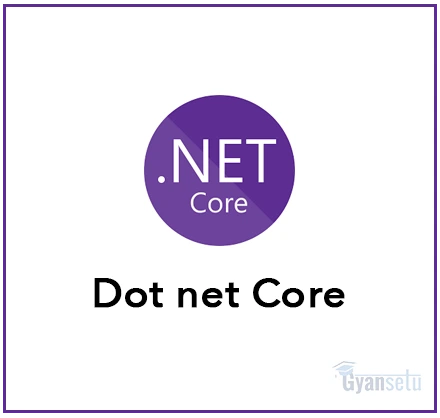
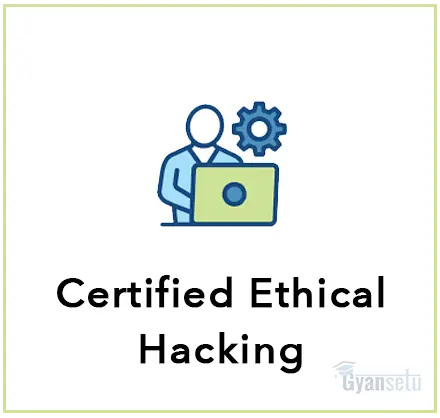
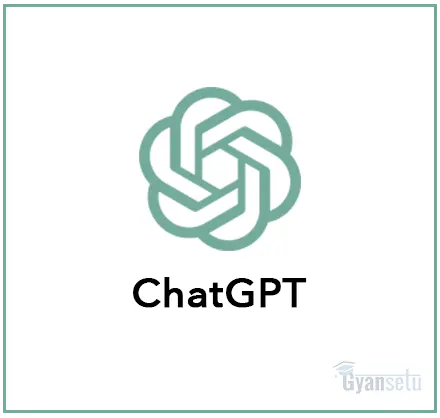
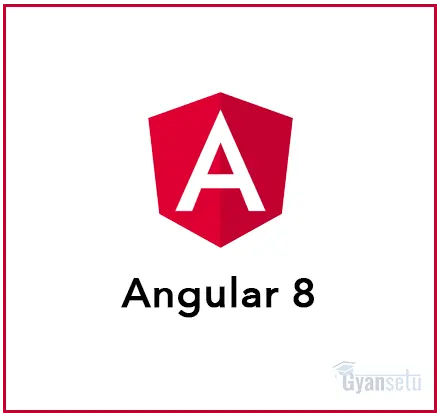
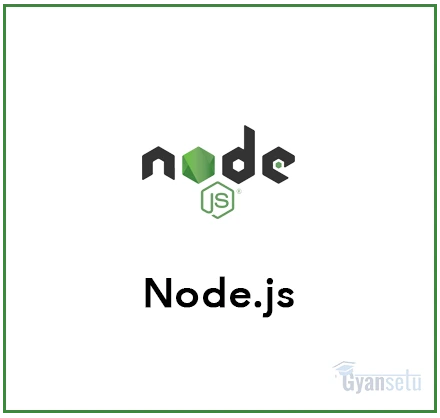
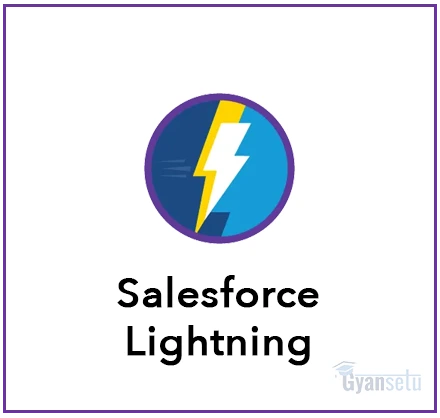
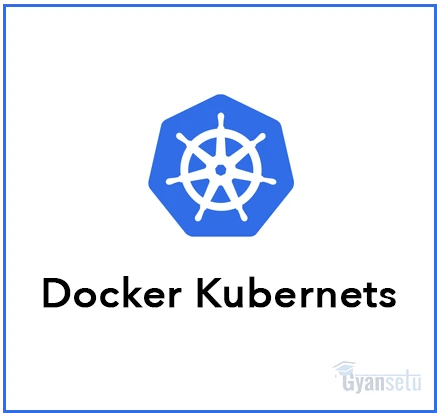
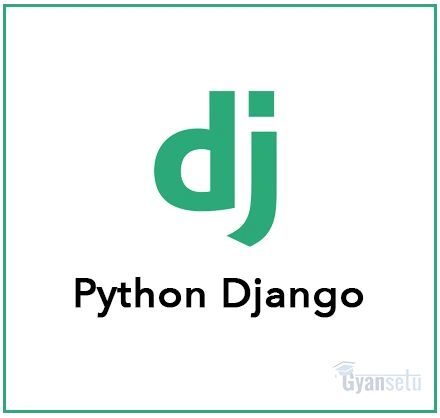
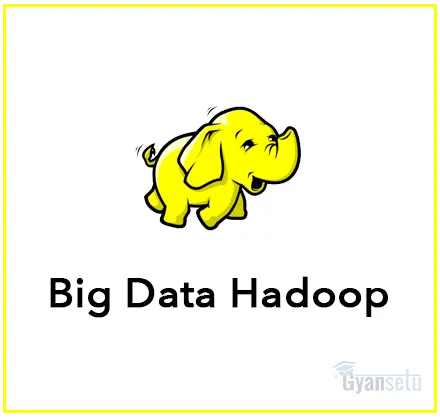
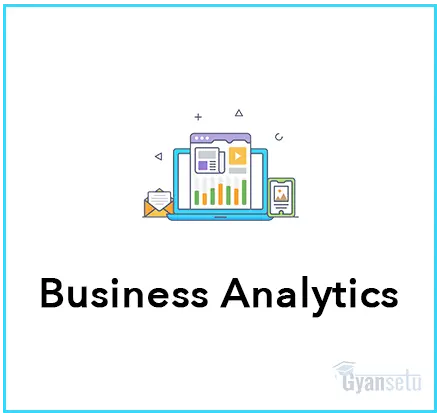
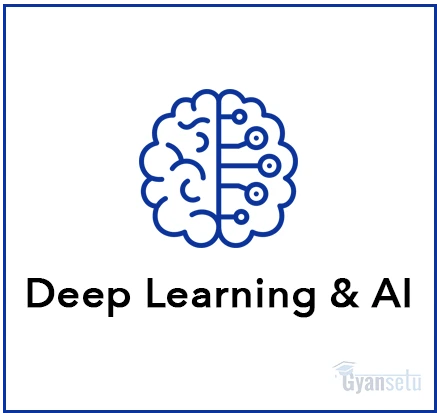
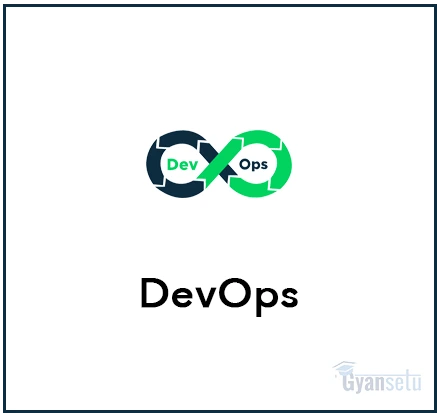
.webp)